Closed terrariums
dianamay
20 years ago
Featured Answer
Comments (28)
ubiquity
20 years agolast modified: 9 years agodianamay
20 years agolast modified: 9 years agoRelated Professionals
Garden City Landscape Architects & Landscape Designers · Commack Landscape Contractors · Deerfield Beach Landscape Contractors · Ellicott City Landscape Contractors · Pleasant Prairie Landscape Contractors · Sun City Center Landscape Contractors · American Fork Fence Contractors · Fort Worth Fence Contractors · Staten Island Fence Contractors · Sun City Fence Contractors · Brooklyn Window Contractors · Lauderhill Window Contractors · New Bern General Contractors · Four Corners General Contractors · View Park-Windsor Hills General Contractorsdianamay
20 years agolast modified: 9 years agomwedzi
20 years agolast modified: 9 years agodianamay
20 years agolast modified: 9 years agodianamay
20 years agolast modified: 9 years agowdelaney
20 years agolast modified: 9 years agoAquaken213
20 years agolast modified: 9 years agodianamay
20 years agolast modified: 9 years agoingrid_I_LUVmoss
20 years agolast modified: 9 years agodianamay
20 years agolast modified: 9 years agodianamay
20 years agolast modified: 9 years agodianamay
20 years agolast modified: 9 years agothomcopper
20 years agolast modified: 9 years agocannahavana
20 years agolast modified: 9 years agowdelaney
20 years agolast modified: 9 years agogaryfla_gw
20 years agolast modified: 9 years agodianamay
20 years agolast modified: 9 years agogaryfla_gw
20 years agolast modified: 9 years agodianamay
20 years agolast modified: 9 years agobrooz
19 years agolast modified: 9 years agosahoyaref
19 years agolast modified: 9 years agoladybug_guam
19 years agolast modified: 9 years agoimap8ntr
18 years agolast modified: 9 years agoCrystalHT
10 years agolast modified: 9 years agoTarpodas
9 years agolast modified: 9 years agowarpiper
9 years agolast modified: 9 years ago
Related Stories
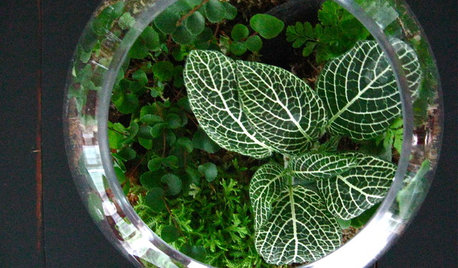
HOUSEPLANTSGardens Under Glass: How to Make Your Own Terrarium
Be the master of a mini ecosystem indoors — the low-maintenance, highly rewarding kind that fits any room
Full Story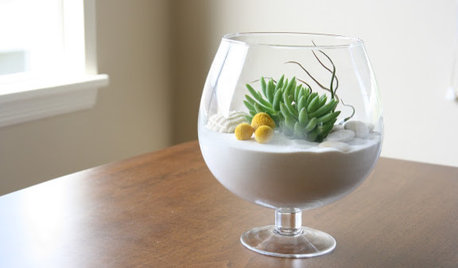
PRODUCT PICKSGuest Picks: The Art of the Terrarium
Design a perfect little world with these terrarium vessels, plants and artful extras
Full Story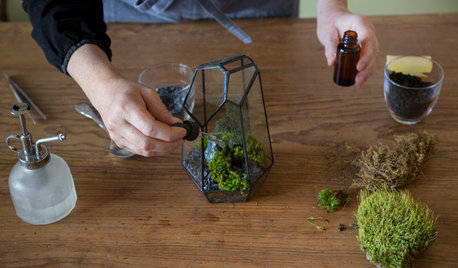
DIY PROJECTSHouzz DIY: Make a Mini Moss Sanctuary
This easy-to-assemble terrarium brings the joy of moss to your tabletop or shelf
Full Story
HOUSEPLANTSBaby Tears Mimics Moss for a Green Accent Indoors
This adaptable spreader thrives in water or soil, making it a terrific addition to containers and living walls
Full Story
PRODUCT PICKSGuest Picks: Heed Your Animal Instinct
Avoid beastly dullness by bringing in the raw energy of animal prints, patterns and accessories
Full Story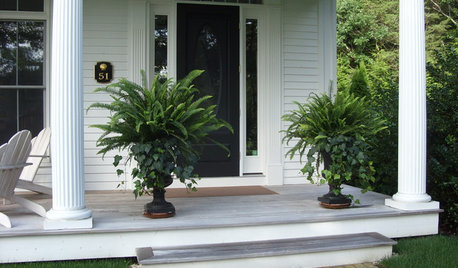
GARDENING AND LANDSCAPINGPorch Life: 12 Ways to Beautify a Porch With Plants
Abundantly welcoming, plants rooted in pots, hanging in baskets or climbing up a trellis add life to porches
Full Story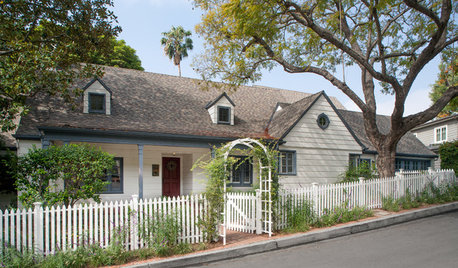
TRADITIONAL HOMESHouzz Tour: A Family-Friendly Home Keeps Its 1930s Charm
This updated Los Angeles home is full of cozy nooks and period details, giving it lots of vintage appeal
Full Story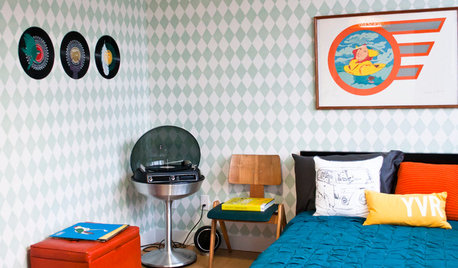
DECORATING GUIDES10 Retro Items Ripe for a Revival
Take a trip down memory lane through a world of innovative items from the past
Full Story
GARDENING GUIDESWhat Kind of Roses Should You Grow?
Want to add the beauty of roses to your garden? Find out which ones, from old-fashioned to modern, are right for you
Full Story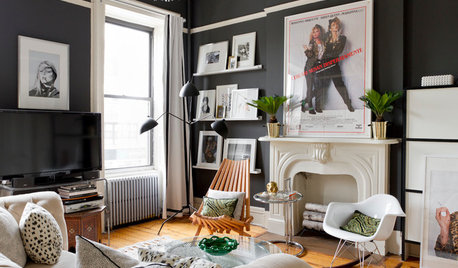
HOUZZ TOURSMy Houzz: A Stylish Brooklyn Apartment Filled With Memories
Collected pieces from travels, family heirlooms and contemporary finds turn an apartment into a home for 3
Full Story





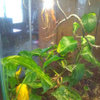
mrbreeze